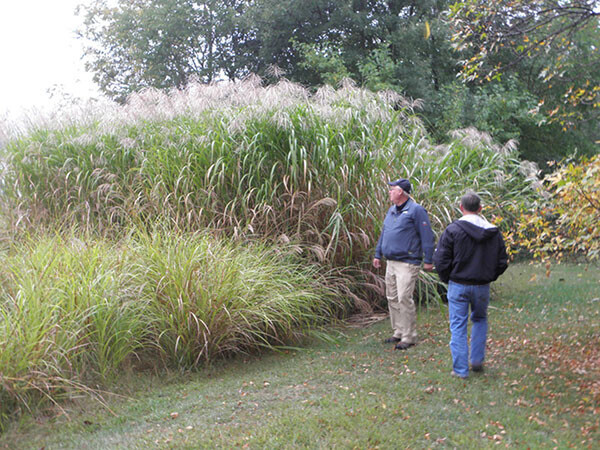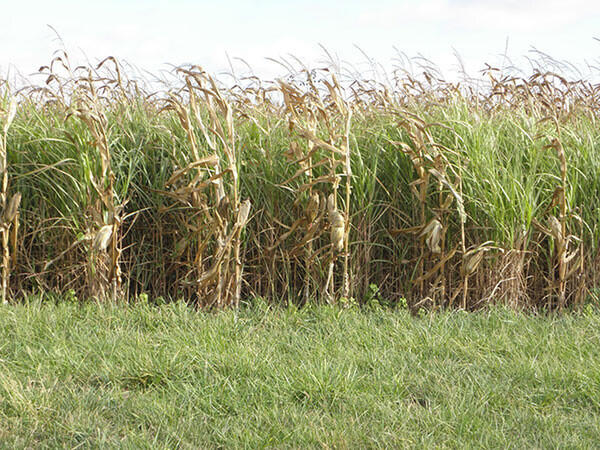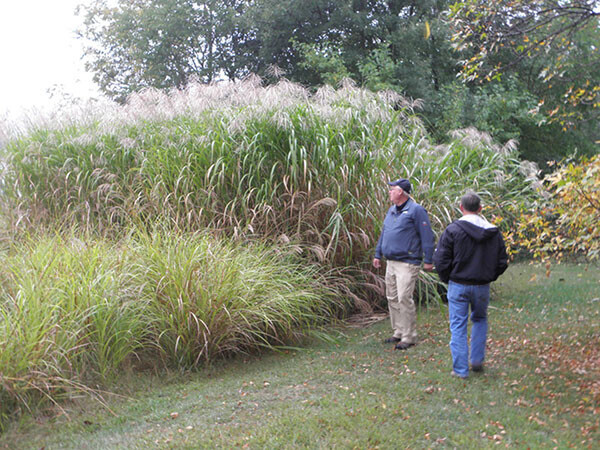The growing season for Miscanthus is well underway and even in areas that have not been harvested, the Miscanthus is shooting up extremely quickly. Three weeks ago at a site in the South Waikato area, the Miscanthus was already knee height and the change from one week to the next has been quite exciting to watch. Reports from Canterbury have indicated that while the Miscanthus started growing quite early, it does tend to get stopped by cold spells and then starts to grow again after the cold spell has finished. This is pretty much what we expected but it is interesting to see it being independently verified by the Lincoln research people. They have also established numerically, that Miscanthus performs much better in its first year if it is given good weed control. This past month has seen me take a trip to the USA, partly to follow up on the renewable diesel technology that I mentioned in last month’s chat, but also to go over to Illinois to meet researchers at the University of Illinois and to discuss various aspects of Miscanthus culture and use with them. I also visited Miscanthus growers and observed some very innovative multiple land use techniques combining Miscanthus and corn.
At the University, amongst other things I was shown 25-year-old Miscanthus that is still in production. I first saw this back in 2008 and to my eye it did not look any different now from what it looked like then. Unfortunately we visited the spot right at the very end of the day as the rain was starting so the only photograph I got of it (shown below) was not ideal.
Miscanthus / corn mix on an Illinois farm
25-year-old Miscanthus – in the background – at the University of Illinois
The two people in the photograph are Dr Tom Voigt – wearing the hat – and Eric Rund. Tom is the doyen of Miscanthus field research at the University and has a huge depth of knowledge about Miscanthus and what it is possible to do with it. Eric in turn could be called “Mr Miscanthus” for his part of the world because he is not only an enthusiast but is also a practical farmer and is not scared to try new techniques and work out how to make them commercially productive. This trip was a good example of how cooperative people who are involved in the Miscanthus business are with each other. The University of Illinois staff and the local growers have always been extremely helpful in providing the expertise to assist development of our activities in New Zealand. This particular trip was different from previous ones in that for the first time, Miscanthus New Zealand limited was able to provide the international experts, information that should prove to be useful to them. One of the researcher with whom I met – Dr Jack Juvik – has a Ph.D. student involved in breeding of new Miscanthus x giganteus crosses and it does seem that they are being very successful with this. As soon as they have competed any trials and established which ones have the best production, we will look to import some of these clones to New Zealand as well as the clones that we already have here. Things have been very hectic over the past month and as a result posting of this chat message is later than it really should be. The result is that although it may be shorter than the normal chats, it does set the scene for further developments in the coming months.




